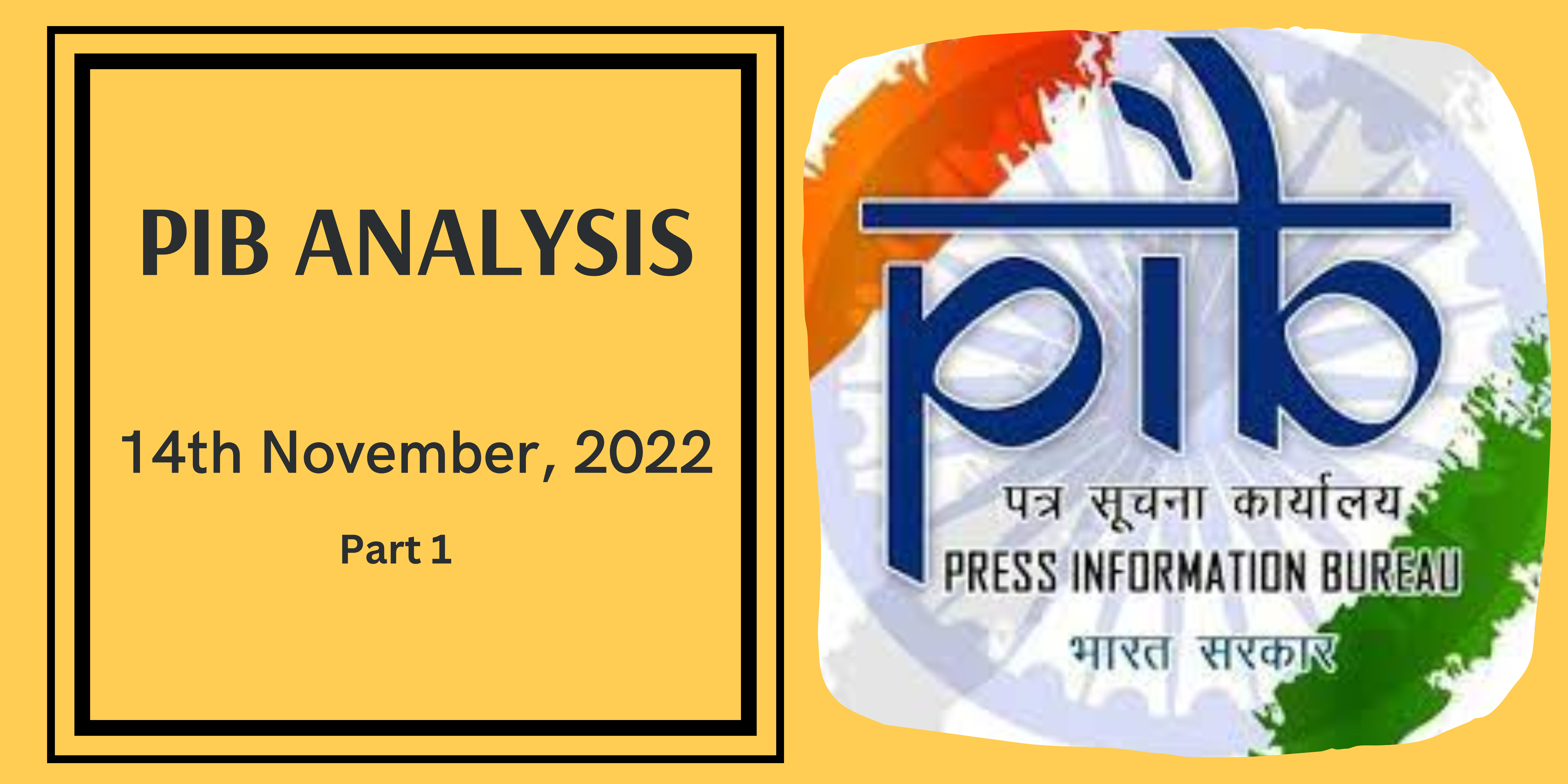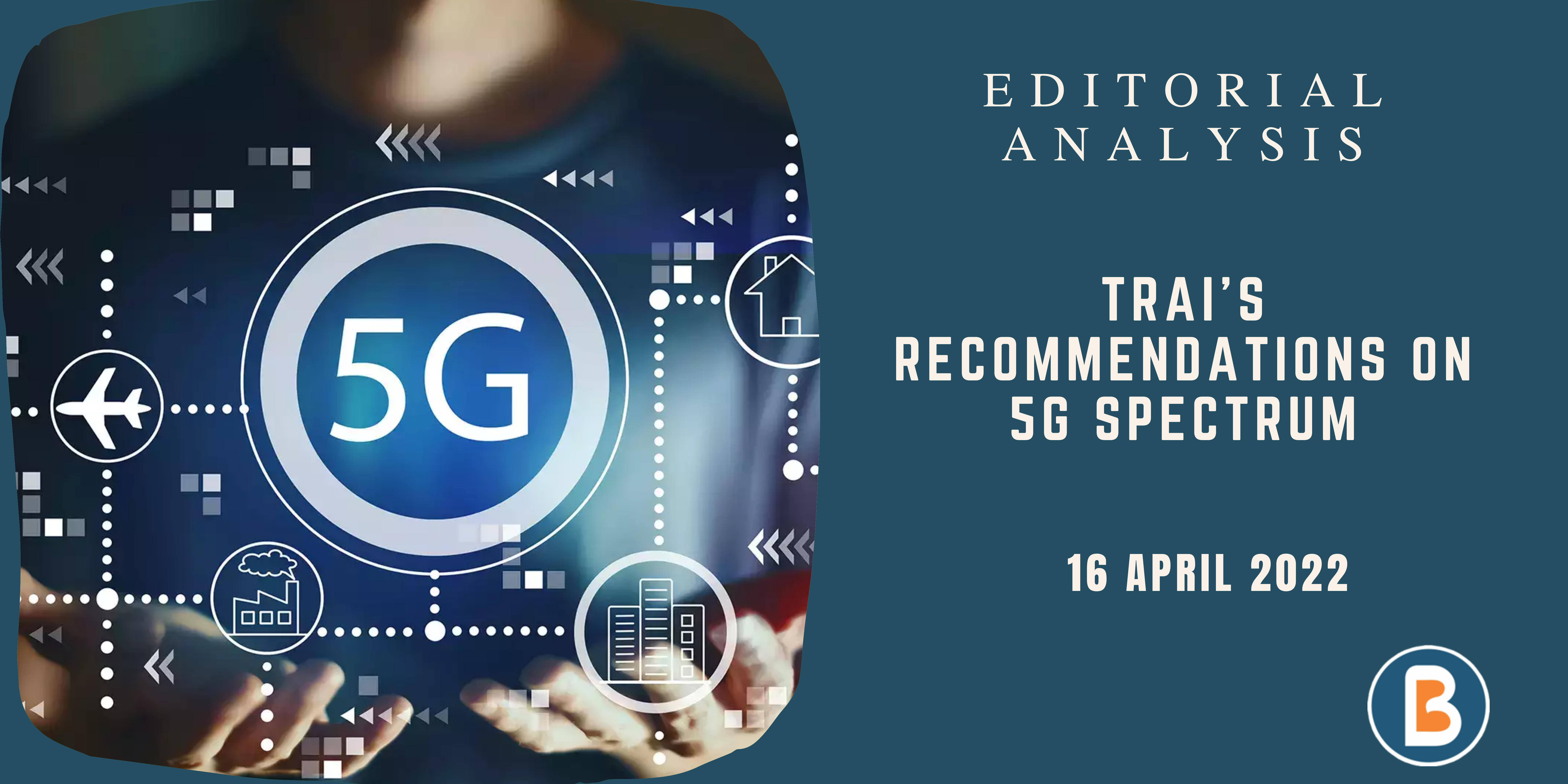A Brief History of India’s Present
Context:
The perplexing occurrence of communal clashes within India have been an enduring issue in the country’s history. A comprehensive analysis of these clashes reveals the underlying intricacies, shedding light on factors like historical continuities, selective law enforcement, and the influence of the digital age.
Relevance:
GS – 01 (Secularism, Communalism, Salient Features of Indian Society)
Prelims:
- Moplah rebellion of 1921
- Partition riots of 1947
- Democracy
- Secularism
- Human Rights
Mains Question:
- Examine the recurring phenomenon of communal riots in India, elucidating their historical context, socio-political aspects, and the role of digital communication. How do these incidents shape societal dynamics and political discourse? (250 words)
Dimensions of the Article:
- Factors Behind Communal Clashes
- Digital Age: Influence and Challenges
Factors Behind Communal Clashes:
- Historical Continuities and Regional Divisions: The history of communal clashes spans across different regions and eras, with a history dating back to events like Partition. These instances often stem from long-standing grievances and regional disparities, creating a volatile environment. The connection between historical events and contemporary clashes is crucial for a holistic understanding.
- Selective Implementation of Laws: A Political Tool: The usage of legal provisions, or lack thereof, has a complex role in these clashes. Section 144, designed to maintain order, can sometimes be manipulated for political gains. Similarly, laws aimed at safeguarding religious sentiments can be exploited to further political agendas. The politicization of legal measures raises questions about the impartiality of justice.
Digital Age: Influence and Challenges
- Internet Suspension: A Double-Edged Sword: The relatively recent practice of internet suspension poses both advantages and drawbacks. It can be utilized to control information dissemination and curb misinformation. However, its implementation needs to be balanced to avoid impeding legitimate communication. The digital era introduces a fresh set of complexities, where information can be both a catalyst for harmony and a tool for discord.
- Changing Media Landscape and Varied Communication: The evolution of media has led to diverse ways of conveying information, ranging from concise messages to more elaborate narratives. This bursty nature of human communication contrasts with the uniformity often associated with AI-generated content. This diversity in communication style highlights the genuine human touch in narratives.
Way Forward:
- Restoring Communal Harmony: Efforts to address communal clashes should involve a multifaceted strategy. Aside from legal reforms and their consistent application, the focus should be on bridging historical divides and regional imbalances. Education and community engagement can play a pivotal role in dispelling misunderstandings and promoting unity.
- Ethical Digital Engagement: In this era of digital influence, ethical digital practices are pivotal. Striking a balance between information sharing and misinformation containment is crucial. Promoting media literacy and responsible digital usage empowers individuals to distinguish between reliable information and manipulated content. This approach can contribute to a more harmonious society.
Conclusion:
- As India navigates its intricate historical journey, the recurrence of communal clashes underscores the importance of unity and understanding. The persistence of such incidents necessitates a comprehensive response that addresses historical grievances, encourages informed citizenship, and navigates the digital landscape responsibly. In this delicate equilibrium between complexity and simplicity, India’s trajectory will be shaped by its ability to uphold constitutional values and embrace unity in diversity.




